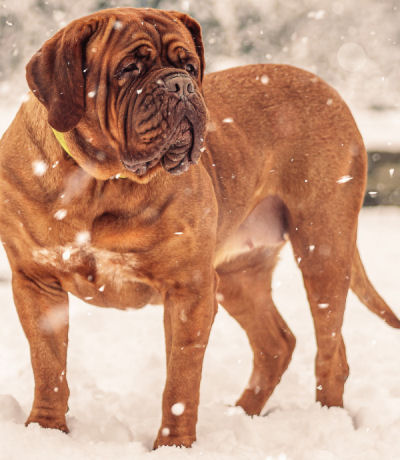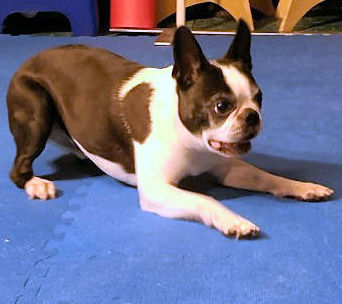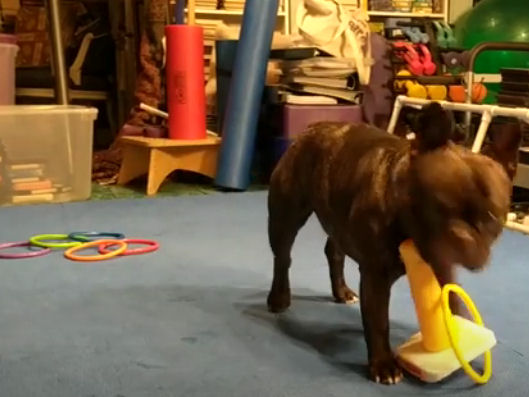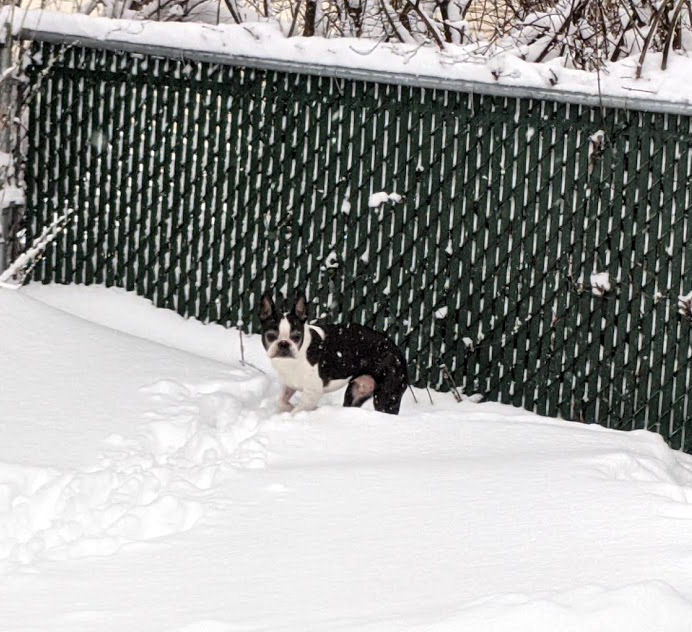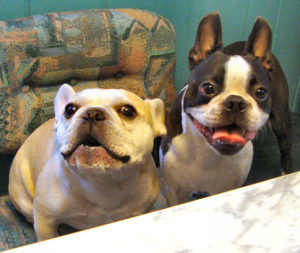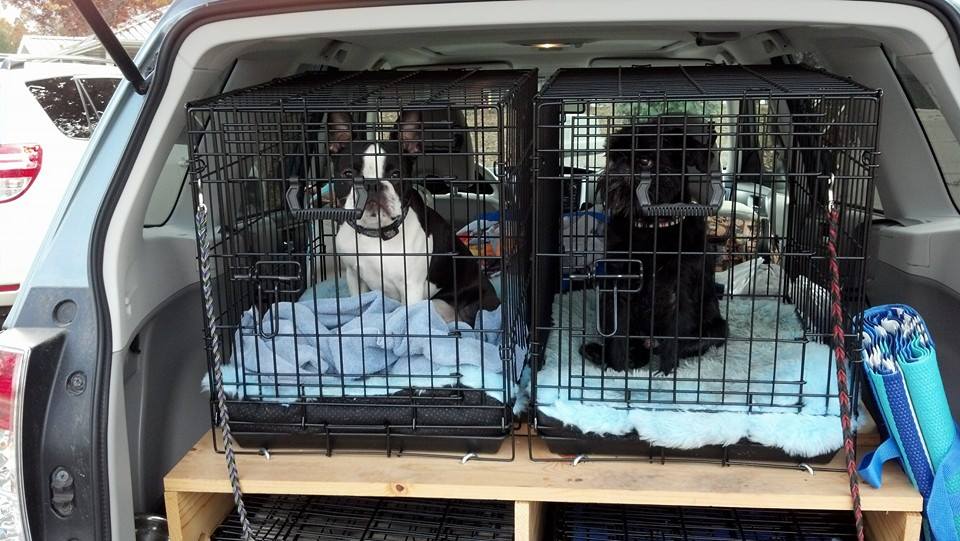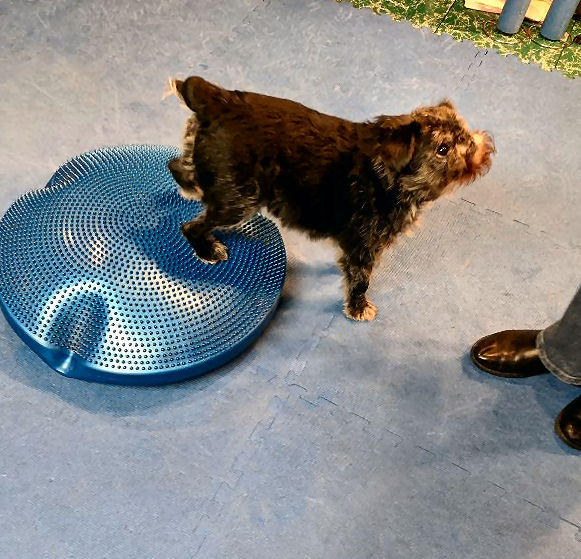It’s okay to follow your dog’s lead. You don’t always have to be in charge.
Back in the olden days when we started fairly serious dog training, our first instructor intoned: “Never let a dog make a decision. He’ll always make the wrong one.”
When you know better, you do better. We know better now. We know how to guide our dogs to making good decisions. The dogs love learning and love playing training games, because they get to figure things out and have fun doing it.
Tango changed the game
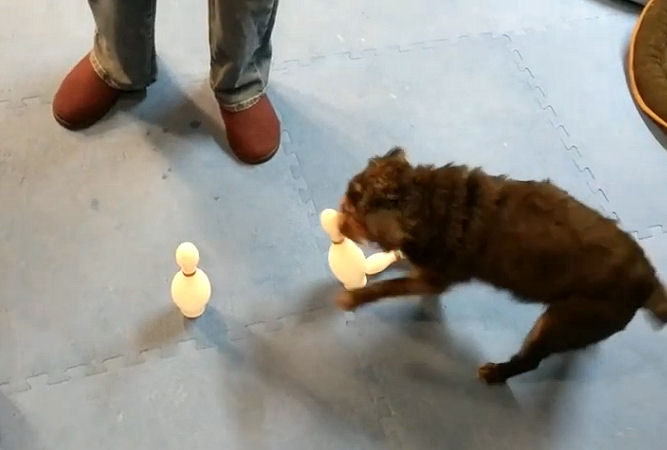
Tango’s been learning to “bowl” for 15 sessions so far. In 2-Minute-Trainer time, that’s just about half an hour. In almost every session, Tango has picked up a bowling pin. And used it to knock into another pin. He obviously enjoys using a “tool” for the game.
It surprised us, because Tango (Fran’s 11-year-old Brussels Griffon) has never played with toys. He doesn’t carry stuff around, and really doesn’t interact with many objects. He’s a short-faced dog, who has limited vision at this point in his life.
Thinking about it, we wondered if he is uncomfortable knocking over the pins with his muzzle/beard. He’ll never be able to answer the question, but we can follow his lead and change the game.
No rules for your training
Remember that you and your dog are the ones who make the rules for your training games. Tango and Fran aren’t bowling for any objective other than to have fun. Hope’s French Bulldog Torque loves bashing into things, including bowling pins. Tango doesn’t. Tango’s game can be different. We can follow our dog’s lead.
Fran decided to incorporate a “tool” for Tango to use to knock down the pins. She found a suitable object (a Mickey swizzle stick she found in the house) and started using it in the sessions with Tango.
Step by step
Like all new games, Fran introduced the Mickey stick by rewarding Tango for looking at it. Then touching it. Then picking it up. Then holding it. Then moving with it in his mouth.
Because Tango loves playing training games, he’s proving a quick study. In the first session he was already walking around with it.
As you and your dog gain familiarity with step-by-step training games, you’ll find your dog “skipping ahead,” too. It’s proof that your dog gets it, loves it, and will always have fun playing training games with you.
Follow your dog’s lead
Unless you’re aiming for a particular dog sport competition which has its own rules – you’re the one who decides the shape of your dog’s training games. If your dog likes doing things a certain way – why not follow your dog’s lead?
Tango did compete in dog sports. When he was competing in Agility and Rally Obedience, he learned how to perform according to the rules. He’s retired now. And he’s got opinions about how things should be done. It’s okay to do things his way. He’s a very good boy.
You can follow the progress of Tango’s bowling in our weekly newsletter, where we post the videos, as well links to our weekly 2-Minute-Training tips and general dog news.

